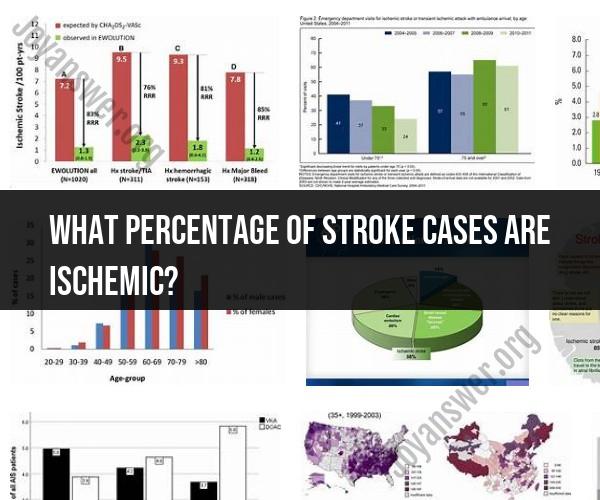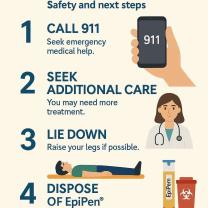What percentage of stroke cases are ischemic?
Ischemic stroke accounts for about 87% of all strokes, according to the Centers for Disease Control and Prevention (CDC). This type of stroke occurs when blood flow to the brain is blocked, usually by a blood clot. The blockage can damage or kill brain tissue, which can lead to a variety of symptoms, including paralysis, speech problems, and vision problems.
Ischemic stroke is more common in older adults, but it can occur at any age. The risk of ischemic stroke is also increased by certain medical conditions, such as high blood pressure, high cholesterol, diabetes, and heart disease.
There are a number of things that people can do to reduce their risk of ischemic stroke, such as eating a healthy diet, exercising regularly, and managing chronic medical conditions. If you have any risk factors for ischemic stroke, it is important to talk to your doctor about ways to reduce your risk.
Here are some of the symptoms of ischemic stroke:
- Sudden numbness or weakness in the face, arm, or leg, especially on one side of the body
- Sudden confusion, trouble speaking or understanding speech
- Sudden trouble seeing in one or both eyes
- Sudden trouble walking, dizziness, loss of balance or coordination
- Sudden severe headache with no known cause
If you experience any of these symptoms, it is important to seek medical attention immediately. Ischemic stroke is a medical emergency, and prompt treatment can help to minimize the damage to the brain.
Ischemic strokes are the most common type of stroke, accounting for the majority of stroke cases. The percentage of stroke cases that are ischemic can vary by region and population, but on a global scale, ischemic strokes are estimated to make up approximately 85% to 90% of all stroke cases.
It's important to note that the prevalence of ischemic strokes may differ based on factors such as age, sex, and geographic location. Ischemic strokes occur when a blood clot or plaque buildup blocks a blood vessel in the brain, leading to a lack of blood flow and oxygen. Hemorrhagic strokes, on the other hand, occur when a blood vessel in the brain ruptures and causes bleeding. Hemorrhagic strokes are less common but can be more severe.
These percentages are based on general trends, and specific statistics may vary depending on the source and the population being studied. To obtain the most accurate and up-to-date information on stroke prevalence in a specific region or population, it's advisable to refer to authoritative sources such as national health organizations, medical research institutions, or government health agencies.













